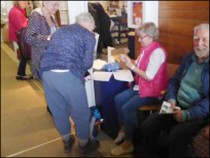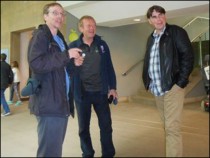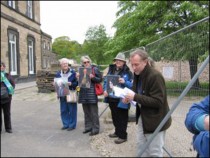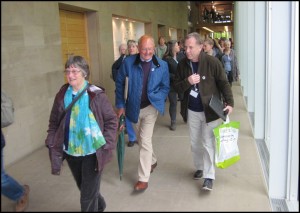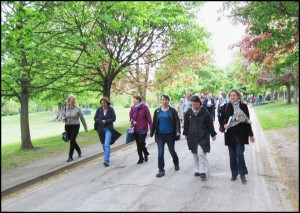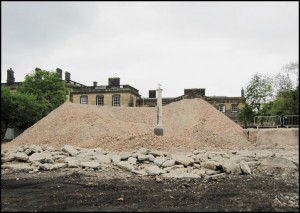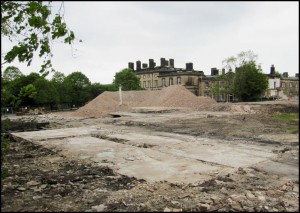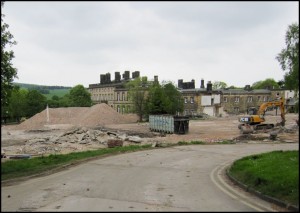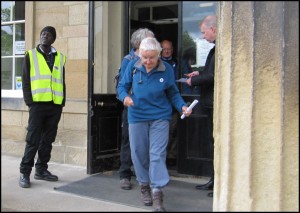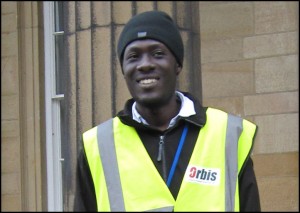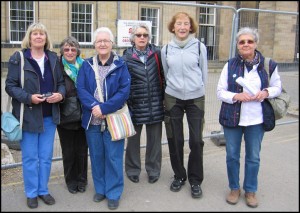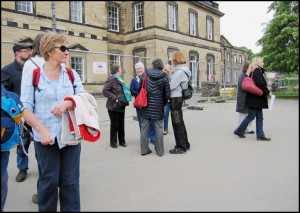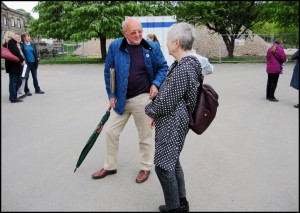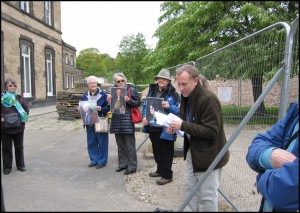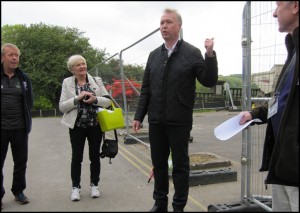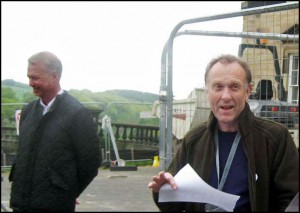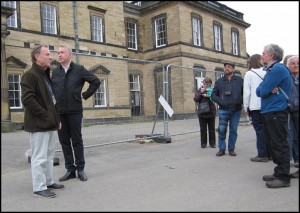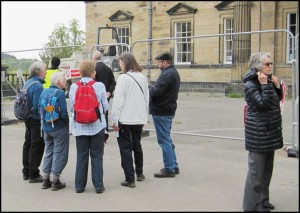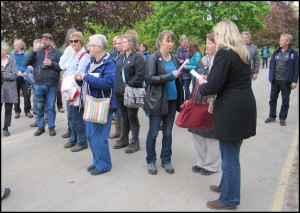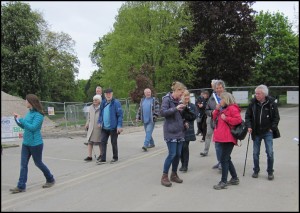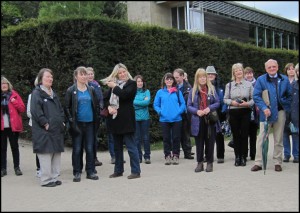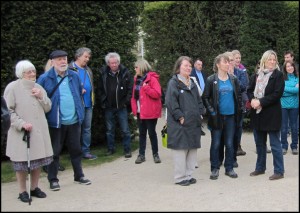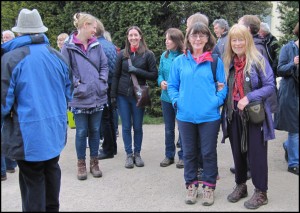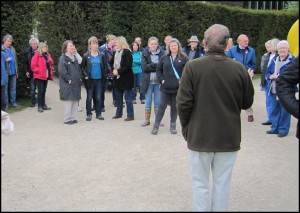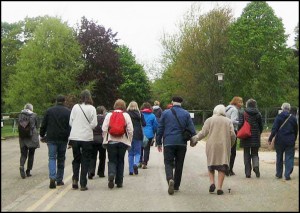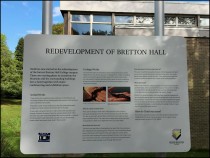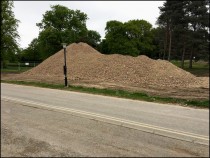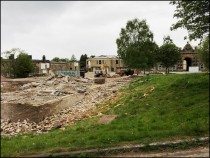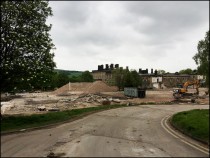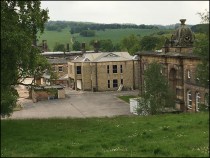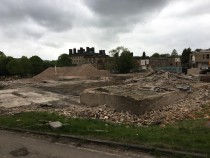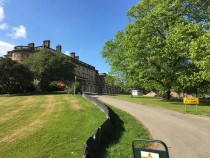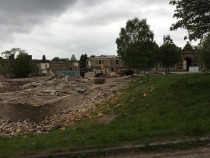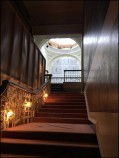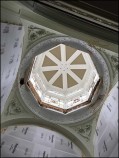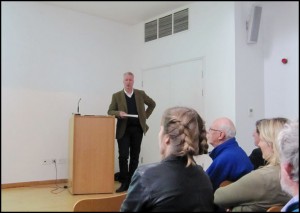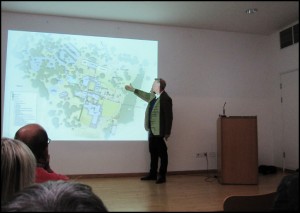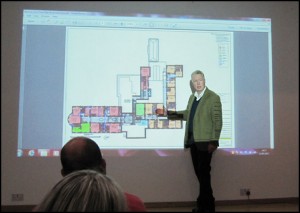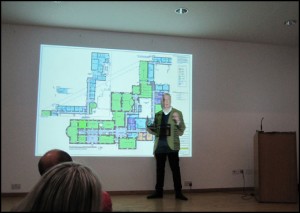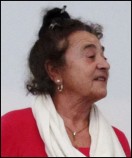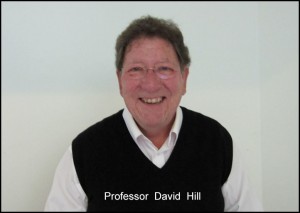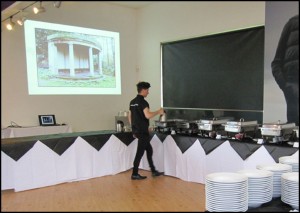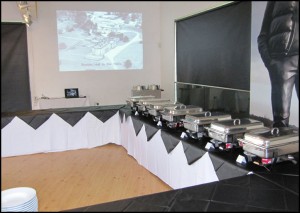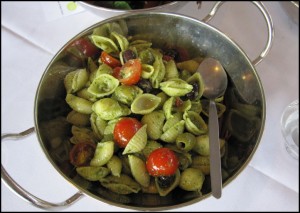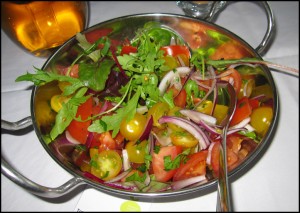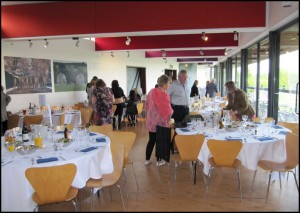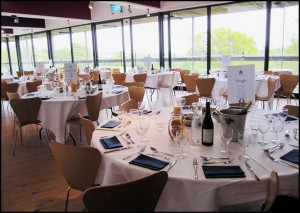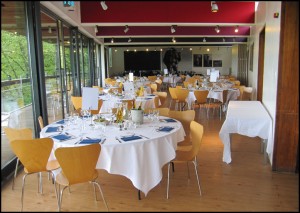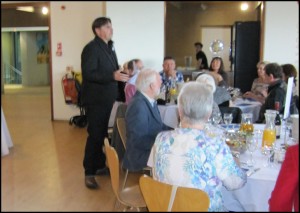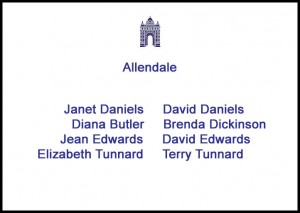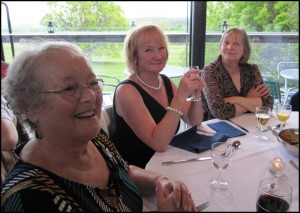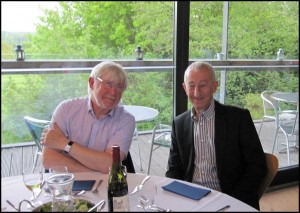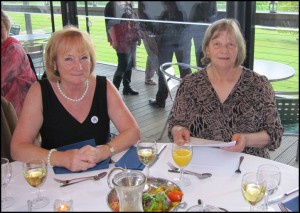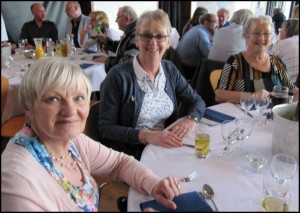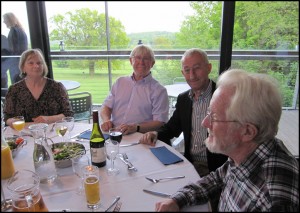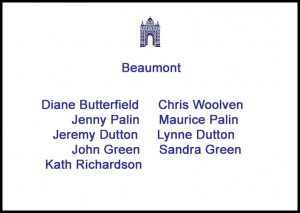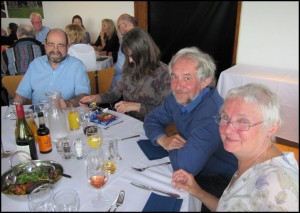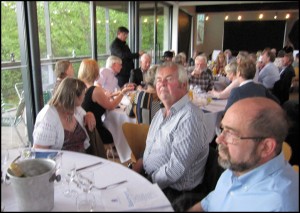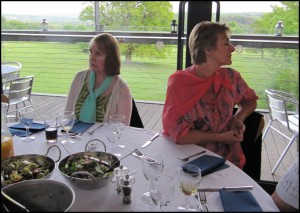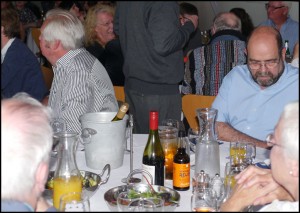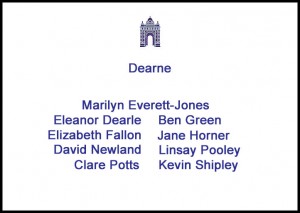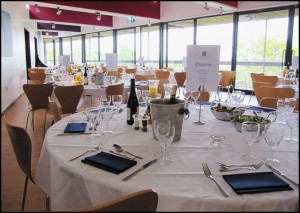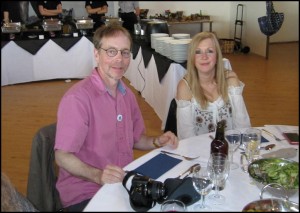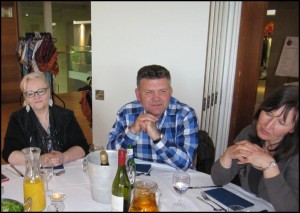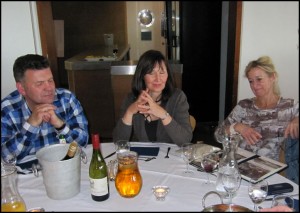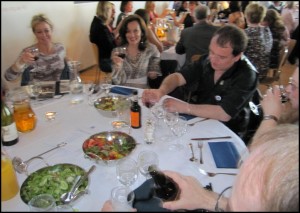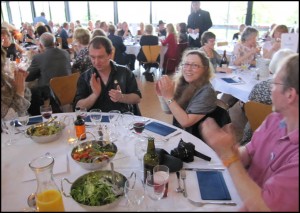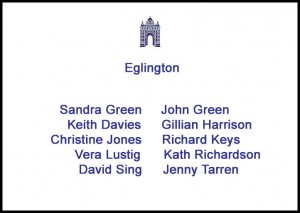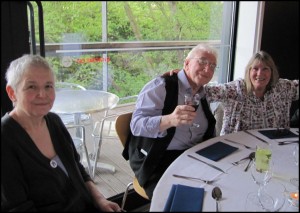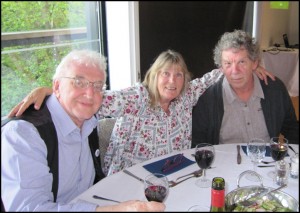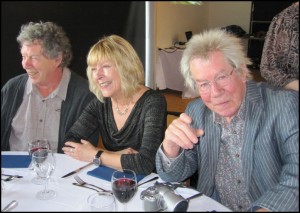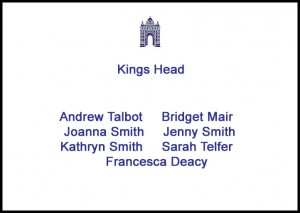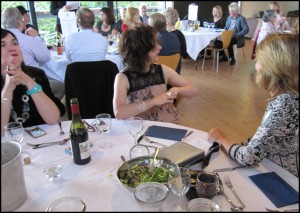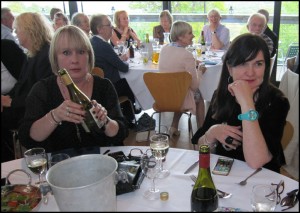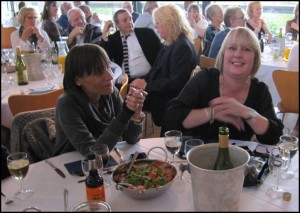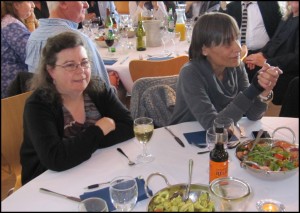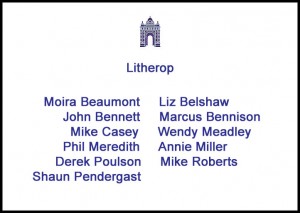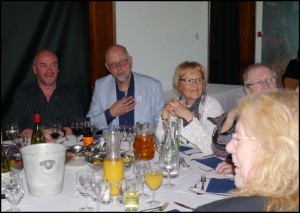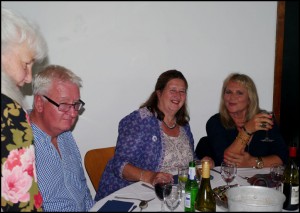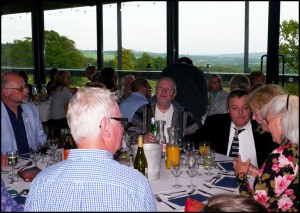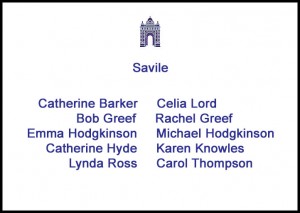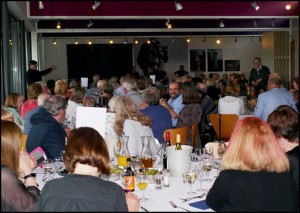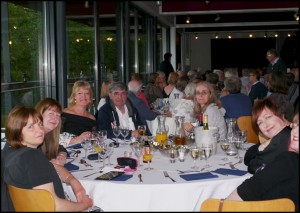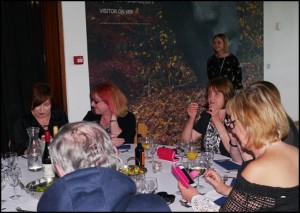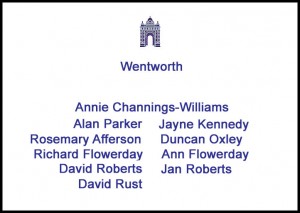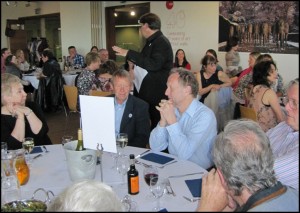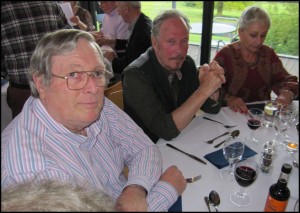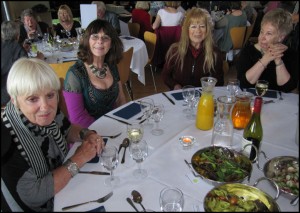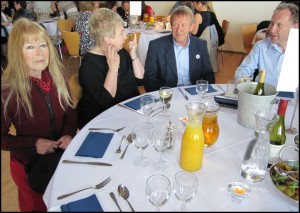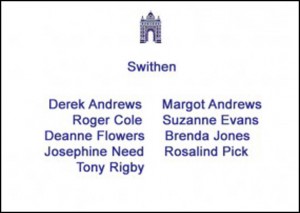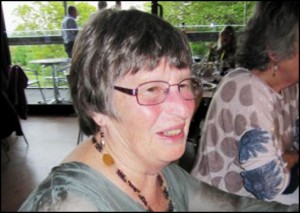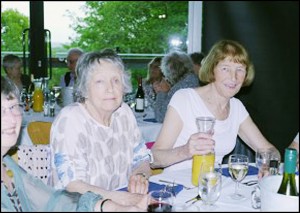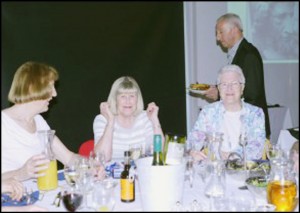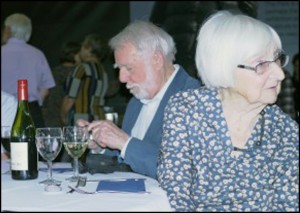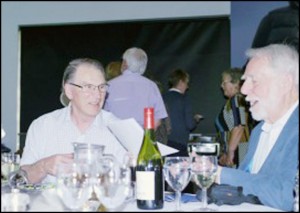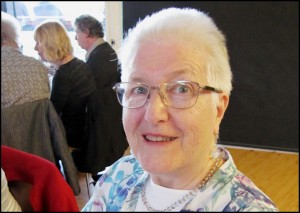Report of Reunion on 13th May
The Reunion of 2017 took place again at the Yorkshire Sculpture Park.
Instead of the event being mainly in the evening, we invited the Alumni to attend events  throughout the day. We are not sure how many people turned up casually just to be there, but we sold over 180 of the badges. My personal thanks to Moira Long for doing the sales and 'meet an greet'. The weather was kind to us for the outside visits and walks around the buildings, which helped everyone to spend time talking as we went along. One thing that you will notice, even from the images, is that the age range was very wide this year, however everyone talked and walked with people even from different generations. As a matter of interest, our oldest participants this year were from the student years of 1953.
throughout the day. We are not sure how many people turned up casually just to be there, but we sold over 180 of the badges. My personal thanks to Moira Long for doing the sales and 'meet an greet'. The weather was kind to us for the outside visits and walks around the buildings, which helped everyone to spend time talking as we went along. One thing that you will notice, even from the images, is that the age range was very wide this year, however everyone talked and walked with people even from different generations. As a matter of interest, our oldest participants this year were from the student years of 1953.
We have split the report into the activity sections along with the associated images. The only part which has not been recorded was the Friday night, which was split due to the temporary closure of the Bull at Midgley.
The first event was the walk, guided by Richard Flowerday
Next, the afternoon talks held in the Sculpture Park Auditorium
Finally, the evening meal held in the Sculpture Park restaurant.
This year's event was a huge success in all areas and I give my very sincere thanks to all who helped in the organisation, particularly the staff at the Sculpture Park. It was interesting to observe the optimism and emotion towards the demolition and rebuilding of the Hall in all its glory. Bretton is a true Phoenix as are the Alumni. In the words of Clifford T. Ward, 'The Best is yet to come'
I am now arranging next years event, along with our organising group. If you wish to join in and help, then please do so by contacting me on the contact form.
See you all again next year and join us observe the final stages of the Hall and its ancillary buildings.
Alan Parker
1 - Morning Walk
At 11 a.m., after assembling in the YSP main building, a group of 30 alumni were led by Richard Flowerday and Mark Finch (one of Rushbond's directors and our main contact) on a short walk to the secure site of the demolition of buildings.
Outside the Mansion, the large gathering was split into two, and each group in turn had an opportunity to be conducted inside the building by Mark to see the progress of renovation and restoration, and learn about the function of the main rooms. At the same time, Richard informed those outside of some of the historical details of the main building and the influence of various members of the Beaumont family during the 17th and 18th centuries.
2 - Afternoon Presentation
The afternoon seminar began with a presentation by Mark Finch – a Director of Rushbond plc – who reported on the progress of the conversion of Bretton Hall into a luxury hotel. He outlined the proposed structure of buildings for the new project and spoke about the demolition of most of the 1960s buildings. He informed his audience of the expected date of completion and the anticipated date of the opening of the new hotel at some time towards the end of 2018.
Anna Bowman – Senior Administrator of the National Arts Education Archive (NAEA) – announced that it was planned that a series of annual lectures would take place in honour of Professor John L. Taylor (Principal of Bretton Hall College from 1983 to 2001), who had supported and contributed to the development of the NAEA since its inception.
Dr. David Hill, who was professor of fine art at Bretton Hall during the 1980s and 1990s, presented his topic.
The Bretton Marbles
The Bretton Marbles are two objects which were displayed in prominent positions at Bretton Hall from the 1960s onwards.
One of the marbles was an imposing Greek altar, and the other a Corinthian well-head, otherwise known as a 'Puteal'.
When employed at Bretton Hall, Professor Hill had originally assumed that the marbles - which were being used as flower pots - were merely copies of classical objects, but his research and subsequent confirmation by the British Museum, showed that the Bretton marbles were valuable antiquities.
In the 19th century, the marbles had been purchased by Lord North - 5th Earl of Guilford - and displayed in one of his London residences. After his death in 1827, Guilford's house and contents were sold to Thomas Wentworth Beaumont, who moved the Puteal and Altar to Bretton Hall.
Images by courtesy of Wikipedia
To read Professor Hill's detailed and interesting account of the provenance of the Bretton Marbles, click on the following link:
3 - Evening Meal
This year we had 94 people from a wide range of year-groups sitting down for the evening meal, introduced by Andrew Talbot. Although individuals are not identified in the images below, table lists are included with the photographs. Of the alumni who attended, very few were unable to find someone they knew. Those who didn't recognise anyone, however, would no doubt have made new friends by the end of the evening. We are one big family from different generations, who share very similar, wonderful, significant memories.
Alan Parker
Photographs by David Newland and Tony Rigby.

